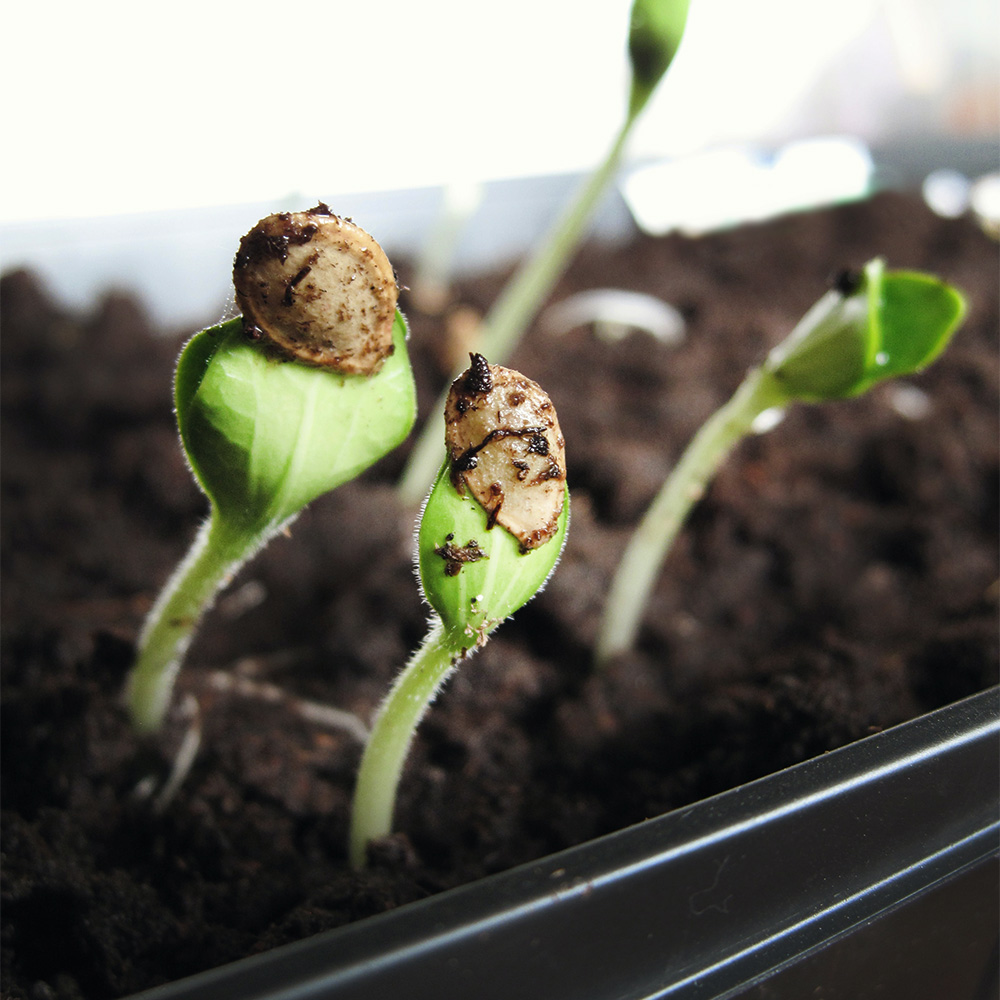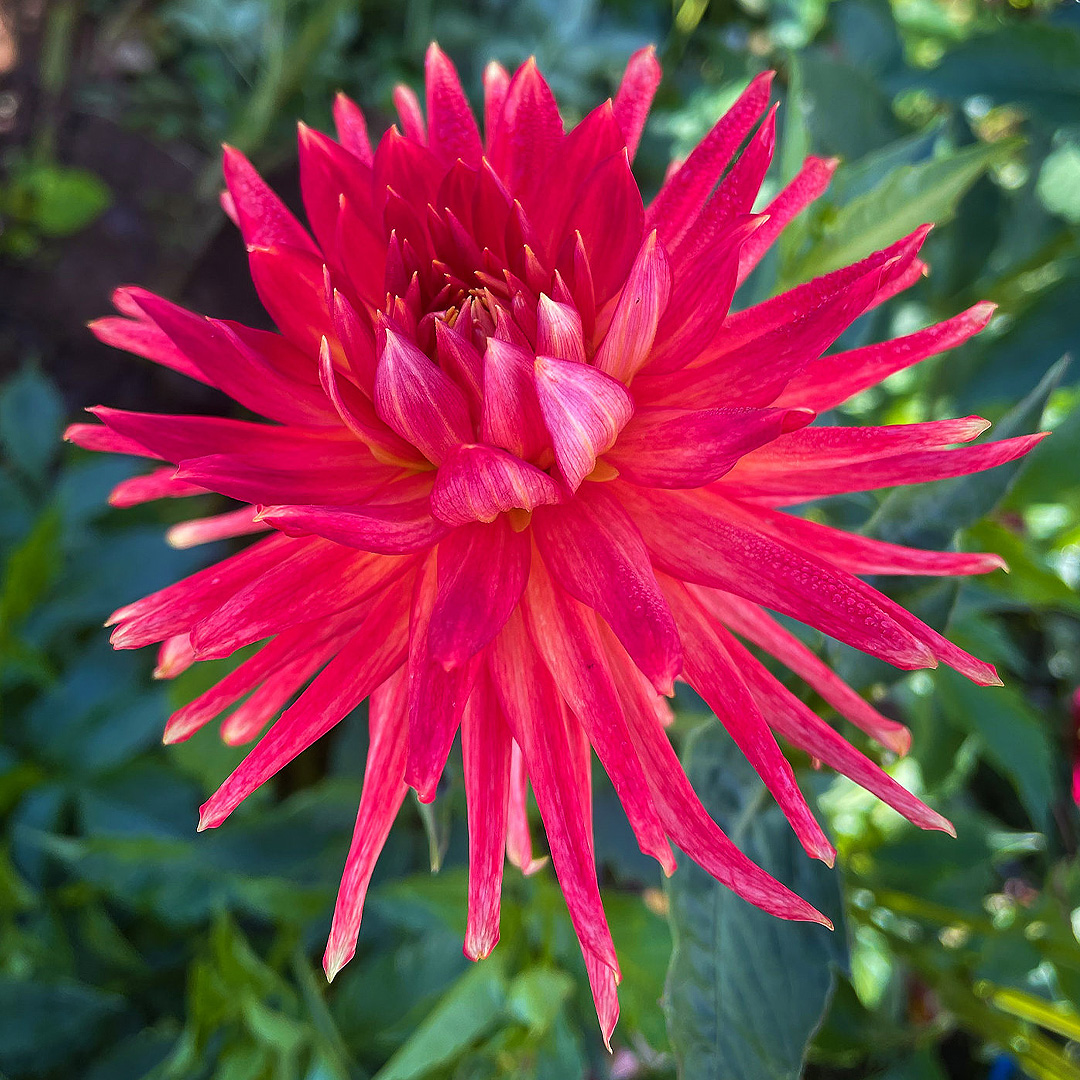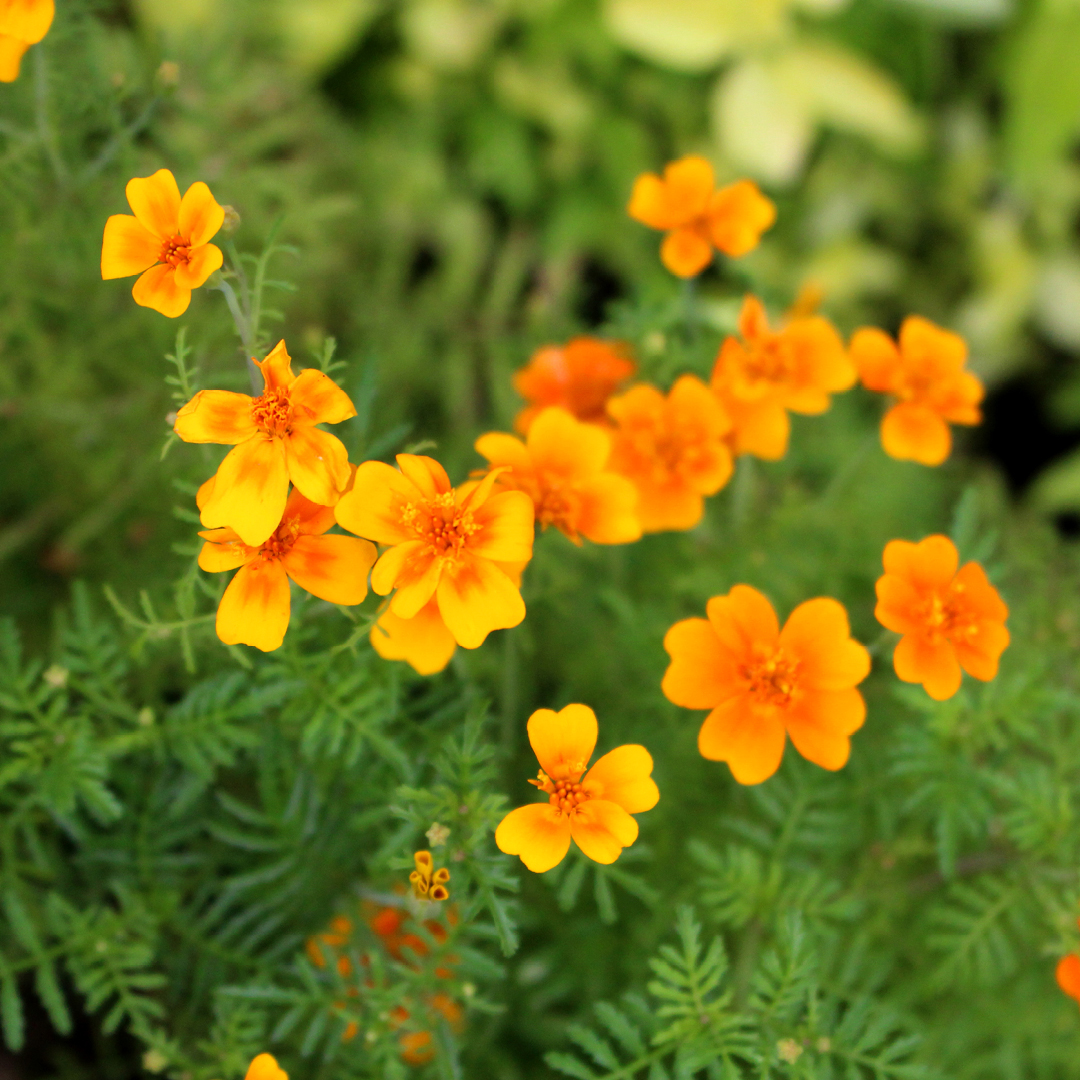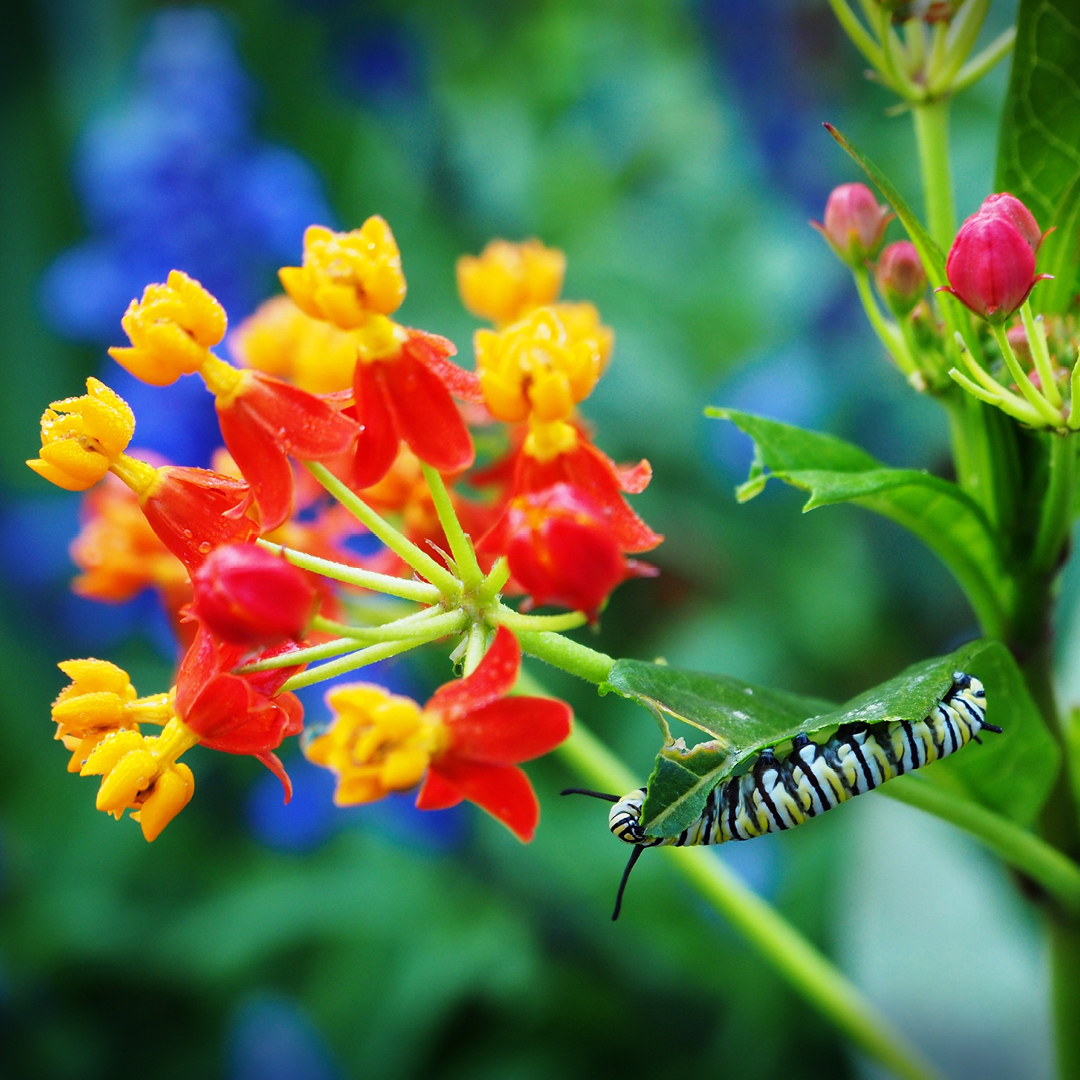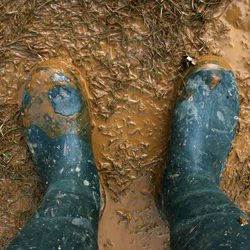Is your dad a hands-in-the-dirt, let’s-get-sweaty, these-weeds-will-never-win gardener? Whether he gardens with a fierce passion, calculates his harvest, or just enjoys this hands-on hobby, there are many great gifts for Dad to help him enjoy every moment he spends tilling, planting, weeding, watering, and harvesting.
Garden Center Gifts for Dad
Garden centers have a full crop of gifts for the gardening Dad. He’s always done his best to be a good provider, so why not give him a gift to make his gardening time even more productive? These top options are always popular gifts.
- Tools – Give Dad a helping hand in the garden with new hand tools or other small tools. If he’s a lefty, left-handed tools will have a more comfortable grip, or choose ergonomic designs. New tool designs may make gardening tools more efficient, or look for upgraded options for Dad’s favorite tools.
- Tools for Tools – If Dad prefers his old tools, help keep them in good condition with a new whetstone or sharpener, appropriate oiling, or new grips. A tool organizer belt or stand can be a great gift, or find accessories to help out in the garden, such as a hose extender.
- Plants – Help Dad expand his garden with a gift of plants, from established seedlings to dormant bulbs to seeds for all his favorites. For a more unique gift, consider finding heirloom vegetable varieties or planning a grilling herb garden that Dad will love.
- Space – Give Dad more room to grow when you expand his garden space with an elevated planter or green wall, hanging planters, or an arbor, trellis, or other support structure that can give climbing vegetables more room to thrive.
- Attire – Make sure Dad is well-equipped for his gardening efforts with the right clothing. A broad-brimmed hat, durable gloves, and waterproof boots can help him tend to gardening chores in any weather.
- Feeders – A garden feeds more than just a family, and if Dad doesn’t mind a few wildlife guests sneaking a free meal, help him attract birds and butterflies with the right feeders or houses to welcome those guests.
- Excluders – Not all garden guests are equally welcome, and some men will prefer gifts that keep unwanted visitors away from the harvest. Baffles, deer-resistant plants, or humane traps can be good options for only letting welcome guests into Dad’s garden.
- Monitors – Let Dad get all the data he wants to make his garden great when you give him an outdoor thermometer, barometer, or complete weather station setup. Rain gauges, hose timers, and soil test kits are other useful choices.
- Signage – Tell the world how great Dad’s garden is with a sign that proclaims “Dad’s Garden” or is personalized with his name. Other personalization, such as jobs or favorite sports teams, can be fun options to add Dad’s flair to his garden.
- Nourishment – It may not be the cleanest gift but it can be a clever one if you give Dad a load of compost, manure, or other fertilizer to help his garden grow. Even better is if your gift includes plenty of help to spread that nourishment around and work it into the soil.
The Best Gift for Dad
The very best garden-themed gift of all is showing Dad how much you appreciate both him and his garden. Spend time with him in the garden attending to necessary tasks or harvesting the latest tasty vegetables. Compliment how productive his plants are or how bountiful the harvest has been, and ask for tips and guidance to bring his expertise to your own planting and gardening efforts. The more you spend time with Dad in the garden, the more wonderful memories you will be able to grow together that you can harvest and enjoy for years to come.



























